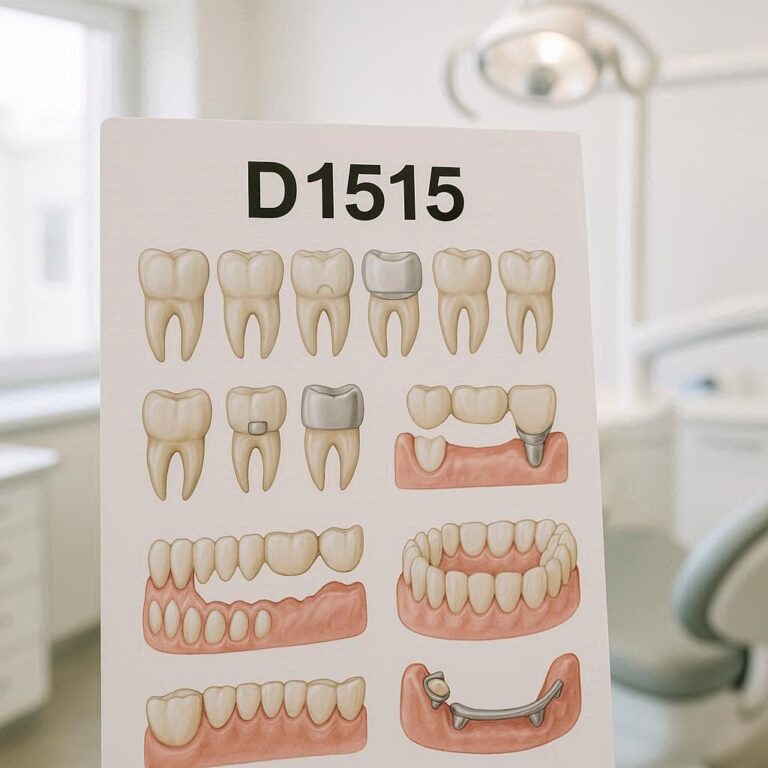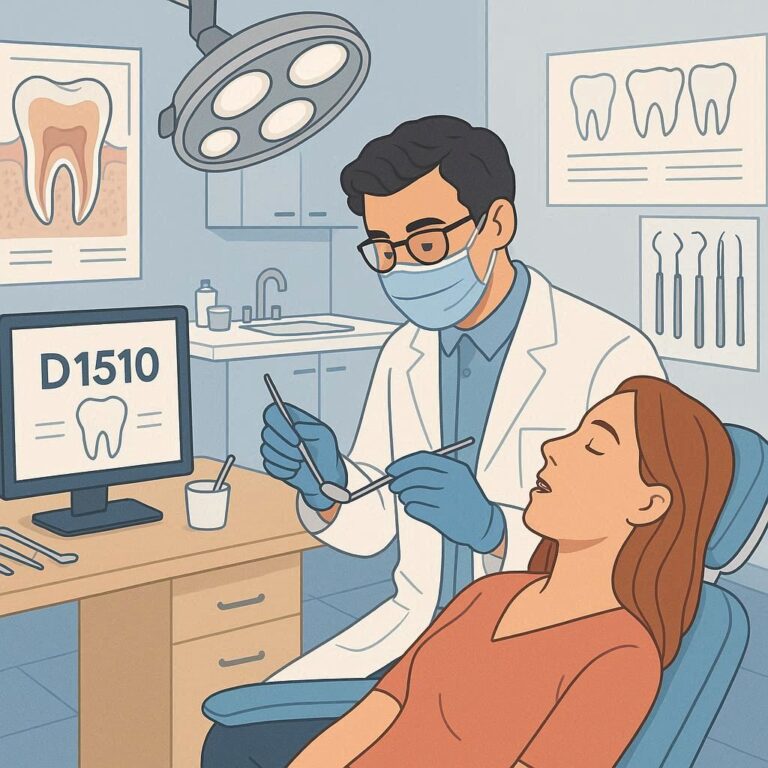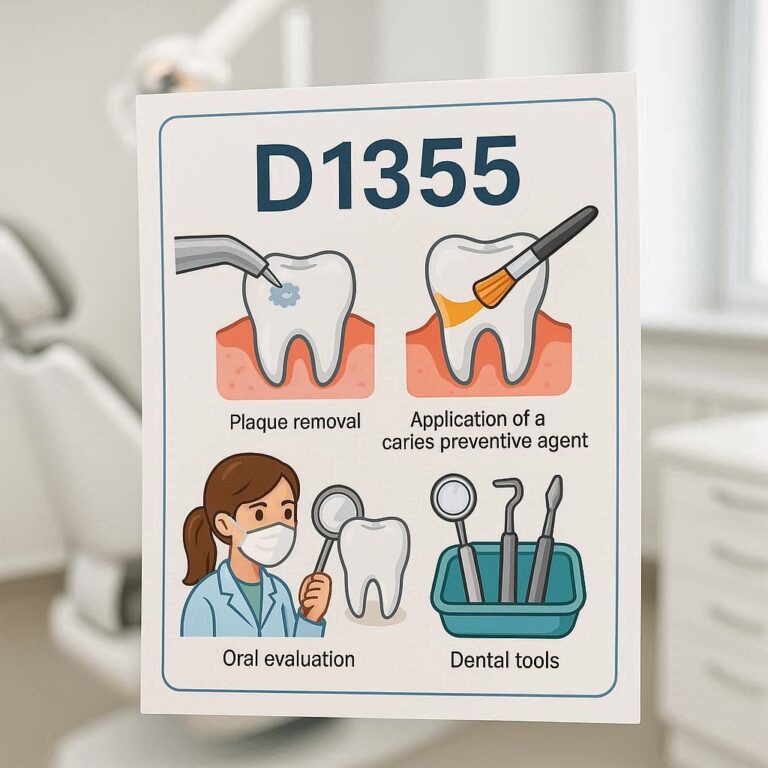Comprehensive Guide to CDT coding for bone graft membranes Procedures
Bone grafting is a critical procedure in dentistry and oral surgery, particularly for patients requiring dental implants, periodontal regeneration, or alveolar ridge preservation. A key component of successful bone grafting is the use of barrier membranes, which facilitate guided bone regeneration (GBR) and prevent soft tissue invasion into the graft site.
For dental professionals, accurate Current Dental Terminology (CDT) coding is essential for insurance claims and reimbursement. This article provides an in-depth exploration of CDT codes for bone graft membranes, covering clinical applications, coding guidelines, and best practices to ensure compliance and optimal patient care.

2. Understanding Bone Grafting and the Role of Membranes
Bone grafting involves replacing missing bone with graft material to promote new bone growth. Membranes serve as barriers to:
-
Prevent soft tissue infiltration into the graft site.
-
Promote osteoblast activity for bone regeneration.
-
Maintain space for proper graft integration.
Membranes are classified based on their resorption properties and material composition.
3. Types of Membranes Used in Bone Grafting
Resorbable vs. Non-Resorbable Membranes
| Feature | Resorbable Membranes | Non-Resorbable Membranes |
|---|---|---|
| Material | Collagen, Polyglycolic Acid | PTFE (Teflon), Titanium-reinforced |
| Resorption Time | 4–24 weeks | Requires removal |
| Advantages | No secondary surgery | High structural stability |
| Disadvantages | Faster degradation | Risk of exposure/infection |
Synthetic vs. Biological Membranes
-
Synthetic (e.g., PTFE, Polyurethane) – Engineered for controlled resorption.
-
Biological (e.g., Collagen, Amnion) – Derived from natural sources, biocompatible.
4. CDT Coding for Dental Membranes: An Overview
The American Dental Association (ADA) maintains CDT codes for dental procedures. Proper coding ensures accurate billing and insurance reimbursement.
Key CDT Codes for Bone Graft Membranes
-
D4263 – Guided Tissue Regeneration, Resorbable Barrier (per site)
-
D4264 – Guided Tissue Regeneration, Non-Resorbable Barrier (per site)
-
D7953 – Bone Replacement Graft (each additional site)
5. Clinical Applications of Different Membrane Types
-
Resorbable Membranes (D4263) – Ideal for less complex defects.
-
Non-Resorbable Membranes (D4264) – Used in large defects requiring structural support.
6. Insurance and Reimbursement Considerations
-
Medical necessity documentation is crucial.
-
Pre-authorization may be required for certain membranes.
7. Common Challenges in Coding and Documentation
-
Incorrect code selection (e.g., using D4263 instead of D4264).
-
Lack of supporting radiographs or clinical notes.
8. Best Practices for Accurate CDT Coding
-
Always verify the latest CDT codes annually.
-
Maintain detailed surgical notes and pre-op imaging.
9. Future Trends in Bone Graft Membrane Technology
-
3D-printed membranes with customized resorption rates.
-
Growth factor-infused membranes for enhanced regeneration.
10. Conclusion
Proper CDT coding for bone graft membranes ensures accurate billing and optimal patient outcomes. Understanding the differences between resorbable and non-resorbable membranes, along with correct documentation, is essential for dental professionals. Staying updated with coding changes and emerging technologies will further enhance clinical success.
11. FAQs
Q1: What is the difference between D4263 and D4264?
-
D4263 is for resorbable membranes, while D4264 is for non-resorbable membranes.
Q2: Does insurance cover bone graft membranes?
-
Coverage varies; pre-authorization and proper documentation improve approval chances.
Q3: How often are CDT codes updated?
-
The ADA updates CDT codes annually (effective January 1).


